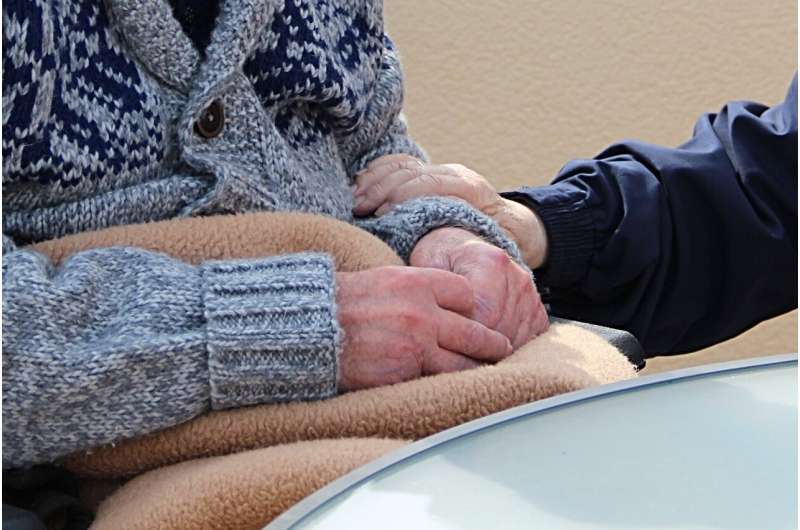This article has been reviewed according to Science X's editorial process and policies. Editors have highlighted the following attributes while ensuring the content's credibility:
fact-checked
trusted source
proofread
Spread of drug resistant bacteria linked to patient hand contamination and antibiotic use within nursing homes

Nursing home residents have an increasing diversity in the level of care required—ranging from short term post-acute care stays that are focused on rehabilitation, to more intensive nursing care.
This has coincided with an increase in the spread of drug resistant bacteria within these settings.
Research led by Evan Snitkin, Ph.D., of the Department of Microbiology & Immunology, Lona Mody, M.D., interim division chief of Geriatric & Palliative Care Medicine and their team seeks to identify characteristics of patients within nursing homes, as well as the nursing home environment itself, that are associated with contamination by vancomycin-resistant enterococci.
Vancomycin-resistant enterococci, or VRE, are bacteria that are naturally present in the gastrointestinal tract and genitals that have developed resistance to the antibiotic vancomycin, which is used for a variety of infections, including MRSA, a serious type of bacteria resistant to several antibiotics.
Infection control procedures in settings such as nursing homes often focus on environmental cleaning and hand hygiene for clinicians and caregivers.
In a paper, published in The Lancet Healthy Longevity, the U-M study team investigated the transfer of drug resistant organisms between patients and their environments.
The team collected data from 245 participants, including swabs from various areas of the body including the hands, as well as samples from room surfaces, such as doorknobs, wheelchairs, toilet seats, bedside controls, etc.
They found that among patients who were colonized with VRE (meaning they carried the bacteria without having symptoms of an infection), exposure to gut microbiome disrupting antibiotics, increased physical independence and hand contamination were all associated with environmental contamination with VRE.
The results suggest that more judicious use of antibiotics and education on hand hygiene for nursing home residents could improve the control of VRE within these settings and reduce the burden of infection.
More information: Joyce Wang et al, Association of patient clinical and gut microbiota features with vancomycin-resistant enterococci environmental contamination in nursing homes: a retrospective observational study, The Lancet Healthy Longevity (2023). DOI: 10.1016/S2666-7568(23)00188-5




















